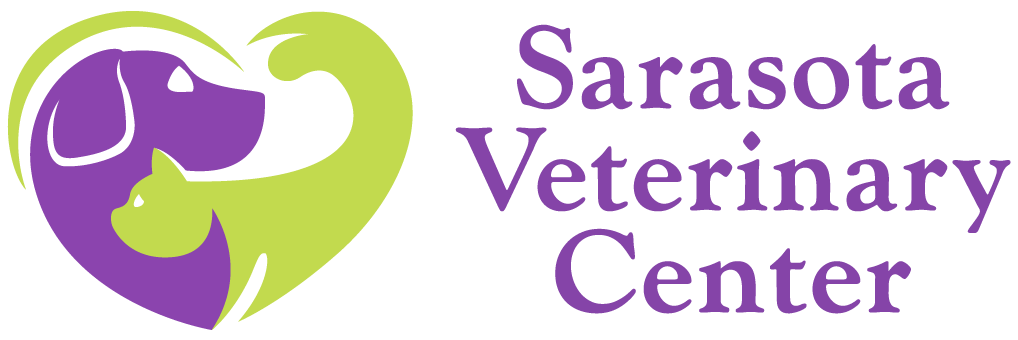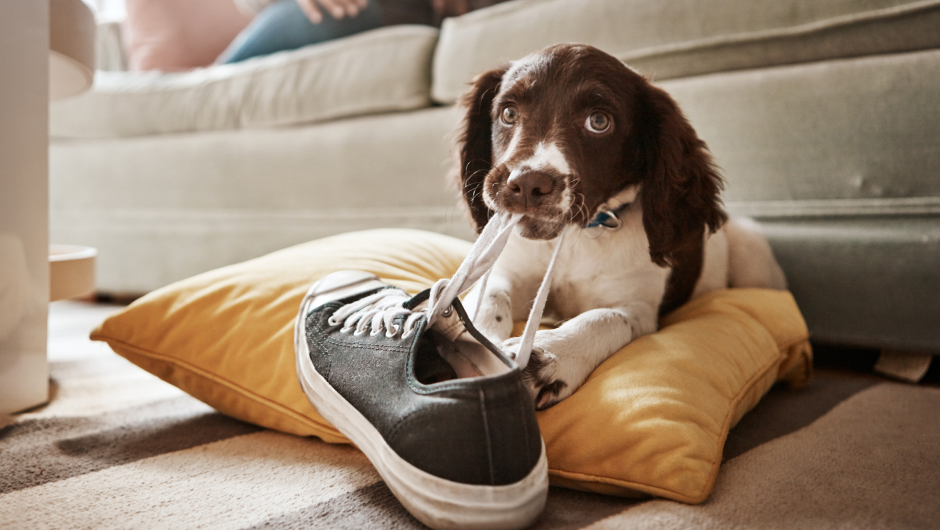Here comes the new puppy, now what?
House training is one of the most important things that a new puppy owner must begin working on immediately. A new puppy is very similar to a new baby. Up to the point in their lives when training begins, every time they feel like do their business they just do it, no matter where they are. The big difference is that a baby is wearing a diaper, whereas the puppy might be standing on your expensive Oriental rug.
Utilizing a small cage or crate is the proven, quickest way to house train your puppy. The biggest obstacle in effective house training, however, often is the owner, who must be strict and enforce the rules of house training and the use of the crate. Just like you would never let an infant or baby crawl around your house unattended, you should never let the untrained puppy be free in the house without supervision. That would be a recipe for disaster with puddles and piles throughout the house, as well as a safety issue if the puppy were to chew on electrical wires.
The crate is the most important part of house training your new pup!
It is not mean to put the puppy in a crate. In fact, it is no different than putting your baby in a crib or playpen when you need to do something and cannot watch him. Obviously, the puppy wants to be with you and is going to cry, just like an infant cries when you leave him alone in a crib. The trick is to never respond to the puppy, so that he learns that the crying does not get your attention, and he eventually accepts that being alone in the crate for certain periods to time is a fact of life. If you were to even say “Hush” to the puppy, you have taught him that you will respond to crying or barking, and the puppy will now make twice as much noise to get your attention again.
Treat training keeps things positive
It is a good idea to put a small treat (about the size of your fingernail) in the crate each time you put the puppy in the crate, so that he is happy to go inside. Then just shut the door and walk away without saying a word. If you stand by the cage and say “bye-bye” or otherwise talk to the puppy, he will continue to cry, with hopes that you will take him out of the crate to be with you.
If you are strict with the rules, the puppy will learn to accept things as they are, because everything is brand new for him anyway. It is when you bend the rules that you cause confusion and end up having trouble training the puppy. By repeatedly enforcing the rules, most puppies will begin to run into their cages the minute they see you getting treats and walking toward the crates. They also will cry for shorter and shorter lengths of time until they no longer do so.
Puppy training pads can be a no-go!
When teaching puppies where to do their business, you want to make it as simple as teaching them that outside is good and inside is bad. If you use wee-wee pads in the house, you are only complicating the issue, hoping that the puppy can figure out on his own the difference between going inside on the pad and nowhere else in your house. In truth, it will take you a lot longer to be successful house training your puppy if you use pads.
It’s a good idea to have a “potty party”!
The proper method of training is to never let the young puppy out of the crate unless an adult watches the puppy at all times. This way, if the puppy begins to circle or squat to do its business, the adult can immediately say a loud and commanding “No.” Similarly, you should take the puppy outside often, and when he does his business outside, make a big deal of his newly learned behavior by saying, “Good dog! Good potty!”
Teaching your puppy the word “potty” also can come in handy on a rainy day when you want your dog to do his business quickly. By following these rules, you are setting your puppy up to succeed by never giving him an opportunity to go in the house (so that behavior does not have a lasting imprint on his brain) and by rewarding him whenever he goes outside- and giving him lots of opportunities to go outdoors.
Outside time is not playtime at first!
I often hear new pet owners say that their puppies were outside for a long time and then came in and immediately urinated or defecated on the floor. This often happens because the pups were so distracted by the many stimuli-sights, sounds, and smells-outdoors that they never finished all of their business. As soon as they enter a quiet house, they remember that they need to go, so they do it right there on the floor or carpeting. When this happens, we recommend that you always pick up the puppy when you come back indoors and put him in a crate with a small treat. Ten minutes later, carry the puppy back outside and put him in the spot where he is likely to go. Then, praise and reward him for doing his business outdoors.
Don’t rush, take house training slow and steady.
Following these simple, yet very important rules will lead to a well-trained puppy within a few weeks or a few months. Then you can begin to give the puppy short periods of supervised freedom indoors. And don’t rush this part of the training process; you want your puppy to continue to succeed. Keep in mind that your puppy is like a baby or a small child, and you have to give him small successes and rewards on his way to being a fully trained and an accident-free member of the family.

